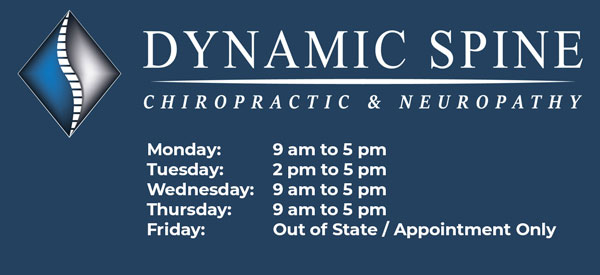
Headaches and Migraines
Causes of Headaches and Migraines
Headaches and Migraines have many known and unknown causes. There are many different subtypes of headaches and migraines as well. Symptoms can range from a dull ache or “pressure” to severe head pain, sensitivity to light, and even nauseousness. Not all causes of headaches are identifiable. Common causes of headaches are:
- Abnormal alignment of the cervical spine, typically the upper cervical spine
- Tension of the facial muscles
- TMJ (Jaw) Dysfunction
- Cranial nerve dysfunction
- Dehydration
- Allergies
- Stress
- Poor Posture
- Brain Conditions
There are dozens of other underlying causes that are known to cause headaches, and many other unknown causes exist as well.
How to Properly Identify What is Causing Your Headaches or Migraines
First, because there are serious underlying conditions that can cause headaches, our Doctors are well-versed in identifying red flags that may indicate a more serious underlying cause of your headache. If these findings are noted, we will refer you for more advanced imaging or testing.
Within your exam for headaches or migraines, we will cover:
- Assessing the alignment and positioning of the bones of the cervical spine
- Assessing for muscle imbalances that can lead to headaches or migraines
- Cranial nerve testing
- Other neurological tests to check for nerve dysfunction
- Jaw alignment and movement evaluation
- Posture assessment for risk factors that may trigger headaches or migraines
- X-rays are used to look for underlying alignment and biomechanical issues of the neck that may be leading to your headaches
Treating Headaches and Migraines
While treatment is aimed at the underlying cause of the headaches, we have many options for treatment that are safe non-surgical, and can see improvement in as little as one to two treatments. Treatments include:
- Digital Instrument assisted adjusting – Very light force, specific adjusting that allows us to move the spinal bones without irritating nearby tissue. All adjusting is based on extreme precision.
- Spinal decompression – Used to help alleviate pressure on the nerves of the cervical spine. Spinal decompression works by gently stretching the spine, opening the neural canals and allowing for nutrition to get back near the spinal discs.
- Specific in-office exercises – All in-office exercises are used to address underlying muscle imbalances that may be triggering your headaches or migraines. Exercises are modified to tolerance, pain levels, and are often transitioned to at-home so you have therapy you can continue at home to help maintain your progress.
- Laser therapy – Laser therapy works by applying direct low level light to the area being treated. Low level light therapy (LLLT) has been shown to reduced inflammation, improve tissue healing, and improve blood flow to help injured area’s heal faster.
- Myofascial release – Commonly used for jaw conditions, myofascial release of the jaw muscles and upper cervical spine works to help break up adhesions related to muscle imbalances that may trigger headaches or migraines.
Best Ways to Correct Headaches or Migraines for the Long -Term
- Maintain good alignment and biomechanics of the cervical spine. Since the bones and alignment of the spine protect the nerves of the neck and head, it is critical to maintaining normal function.
- Perform at-home corrective exercises to maintain healthy muscle strength and prevent muscle imbalances.
- Stay hydrated – Dehydration is known to cause headaches, and adequate water intake can help prevent headaches.
Staci’s Rapid Recovery
Staci came to the office as a referral from her mother-in-law. Staci wasn’t experiencing any major pain but was concerned about her posture and the look of her neck. She “felt like a 75-year-old grandma,” and wanted to stop worrying about how she was sitting. So she came in after hearing about her mother-in-law’s success with chiropractic care.
At her initial visit, Staci indulged that she was suffering from daily headaches that were affecting her greatly. She felt restricted in her daily activities and held back in life because of them. After her initial exam, Dr. Jeff diagnosed Staci with a severe loss of curvature in her neck, which was causing serious strain on her head and neck. The typical head pulls about 10 lbs of force and with Staci’s condition, her head was pulling about 25-30 pounds on her neck. It was no wonder her headaches were such an issue.
Staci decided to put in some time to heal her condition right away so she could have a better overall bill of health in the future. She came for 12 weeks of adjustments and saw great success. Within her first 4 weeks, she had a complete turnaround. Her neck pain decreased by half and her headaches were much less severe. By the end of her care plan, she was only having about 2 headaches/month versus daily!
Staci A. • SIOUX FALLS, SD








